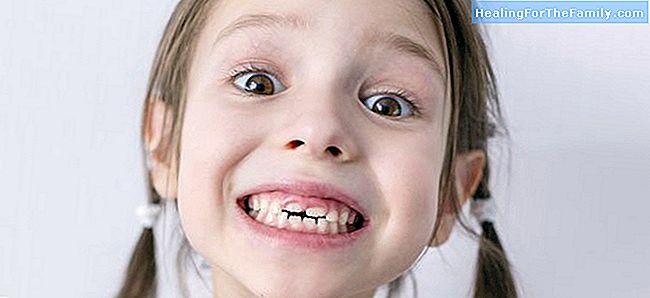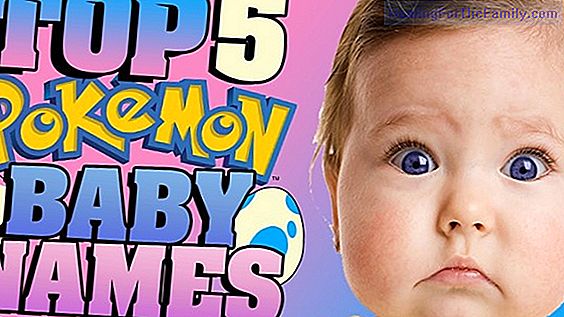Why there are baby teeth that do not fall in childhood
With some frequency there are people who reach adulthood with some milk tooth still present. The most common is that it is a lateral incisor, a canine or the second molar of milk. Indeed, there are children who do not finish dropping any milk teeth. But why does this happen? 3 causes of a milk tooth
With some frequency there are people who reach adulthood with some milk tooth still present. The most common is that it is a lateral incisor, a canine or the second molar of milk.
Indeed, there are children who do not finish dropping any milk teeth. But why does this happen?
3 causes of a milk tooth not falling during childhood

1. Agenesis. It is the absence of the final tooth. The final tooth was not formed and the milk tooth has not had the stimulus of reabsorption of its root, so it does not fall. The most common agenesis in the definitive dentition, in order of frequency are: wisdom teeth or third molars, second lower premolar, upper lateral incisor and upper second premolar. Its origin is genetic and it is common for several members of the same family to present similar agenesis.
What to do in this case? It will depend on the missing tooth and the type of bite. In some cases we will choose to keep the milk tooth as long as possible or if it were lost, we would put a device called space maintainer, until the right moment for the placement of an implant or bridge to replace the missing tooth . In certain types of malocclusions (or bad bites) or if the dental crowding is large, the best option may be to extract the baby tooth without replacement.
2. The final tooth is present but has not come out. This can happen for several reasons:
- Lack of space for the teeth to come out (crowding).
- Blow on a milk tooth that pushes the germ of the final tooth and "dislodges" it.
- Loss of the eruption guide or presence of an obstacle (for example, the existence of an extra tooth).
What to do in this case? A usual approach to treatment is to extract the milk tooth and wait to see if the definitive tooth comes back and comes out on its own. If this did not happen, you could make a window at the level of your crown and pull it. In other cases, in which the final tooth is very far from its ideal position or there is a risk of damaging the roots of the next pieces, it may be more convenient to extract it. This is also a good option if we find a case of a lot of crowding or in certain malocclusions or inadequate bites. 3. Ankylosis.
It's when the milk tooth is 'stuck' to the bone. Its cause is not yet clear. It especially affects the second lower temporal molars. In many cases the molar of ankylosed milk appears sunken with respect to the rest of the pieces.
What to do? The most frequent is that it is necessary to extract it
to avoid that it produces a defect in the bone to which it is stuck. After that it may be advisable to place a space maintainer. It is essential that children attend regular dental check-ups. In them not only the presence of caries is diagnosed, but also that it is valued that the dental replacement is correct. In this way we can detect if there is any of these situations, and perform the most appropriate treatment.












